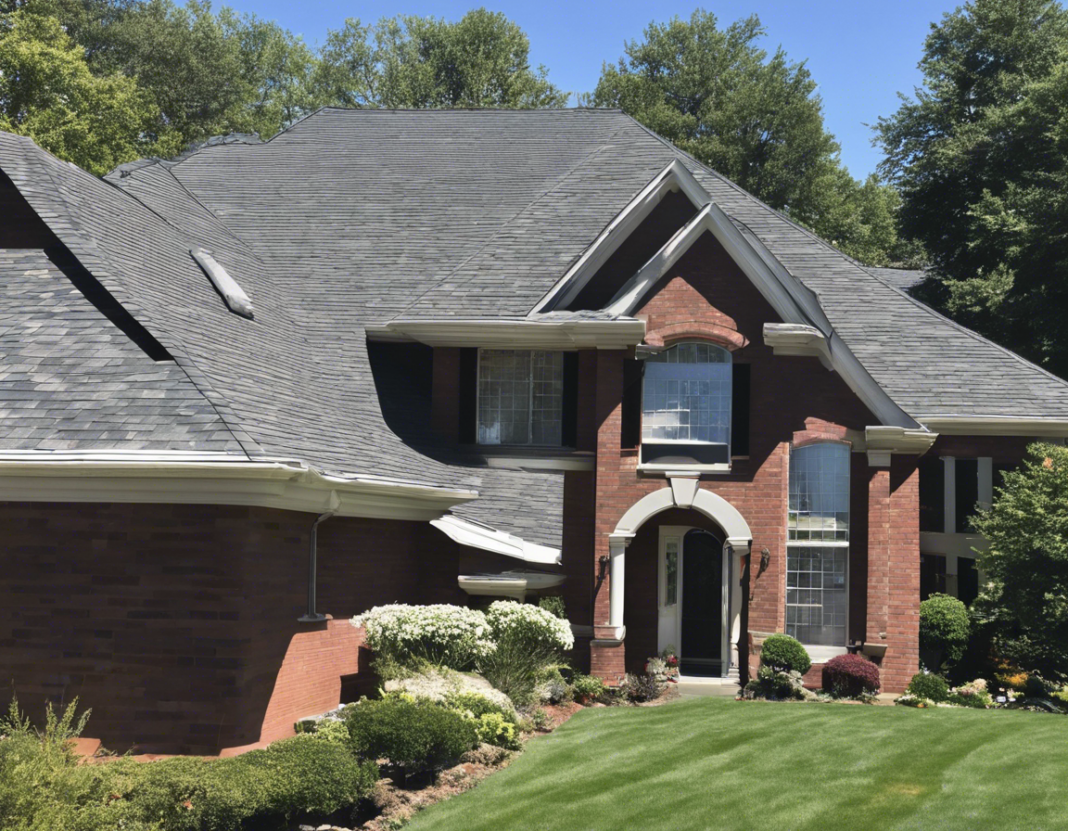Are you dealing with a roof leak and in need of some quick tips for repairing it? A leaking roof can be a major headache for homeowners, leading to water damage, mold growth, and potentially costly repairs. It’s crucial to address a roof leak promptly to prevent further damage to your home. In this article, we will provide you with some handy tips for repairing a roof leak quickly and effectively.
Assess the Damage
The first step in repairing a roof leak is to assess the damage. Inspect your roof to determine the source of the leak. Look for missing or damaged shingles, cracked or curling shingles, damaged flashing, or clogged gutters. Identifying the source of the leak will help you determine the best course of action for repair.
Temporary Fixes
If you can’t repair the leak immediately, you can use temporary fixes to minimize damage until you can properly repair the roof. Tarp the affected area to prevent water from entering your home. Use roofing cement or roofing tape to seal the leak temporarily. Remember that these are short-term solutions, and you should address the leak properly as soon as possible.
Repairing Shingles
If the leak is caused by damaged or missing shingles, you can replace them to stop the leak. Carefully remove the damaged shingles and replace them with new ones. Secure the new shingles with roofing nails and seal the edges with roofing cement. Inspect the surrounding shingles for damage and repair as needed.
Fixing Flashing
Flashing is used to seal joints and prevent water from entering your home. If the leak is coming from the flashing around chimneys, vents, or skylights, you may need to repair or replace it. Remove the old flashing, clean the area, and install new flashing using roofing nails and sealant.
Clearing Gutters
Clogged gutters can cause water to back up and leak into your home. Regularly clean your gutters to prevent this issue. Remove debris such as leaves and branches from your gutters and downspouts to ensure proper drainage.
Professional Help
If you don’t feel comfortable repairing the roof leak yourself, or if the damage is extensive, it’s best to hire a professional roofer. Roofing professionals have the experience and expertise to properly repair your roof and prevent future leaks.
Frequently Asked Questions (FAQs)
1. How do I know if my roof is leaking?
– Signs of a roof leak include water stains on ceilings, dripping water, mold growth, or musty odors.
2. Can I repair a roof leak myself?
– Minor leaks caused by damaged shingles or flashing can often be repaired DIY. Larger leaks or extensive damage may require professional help.
3. How much does it cost to repair a roof leak?
– The cost of repairing a roof leak varies depending on the extent of the damage and the location of the leak. Minor repairs can cost a few hundred dollars, while major repairs or roof replacement can cost thousands.
4. How long does it take to repair a roof leak?
– The time it takes to repair a roof leak depends on the severity of the damage and the availability of materials. Minor repairs can often be completed in a day, while larger repairs may take longer.
5. Can a roof leak cause mold?
– Yes, a roof leak can lead to mold growth if left untreated. Mold can develop within 24-48 hours of exposure to moisture, so it’s important to address a roof leak promptly.
6. How can I prevent roof leaks?
– Regular roof maintenance such as inspecting and repairing shingles, flashing, and gutters can help prevent roof leaks. Promptly addressing damage can extend the life of your roof.
7. What materials do I need to repair a roof leak?
– Materials for repairing a roof leak may include replacement shingles, roofing cement, flashing, sealant, roofing nails, tarps, and roofing tape.
8. How often should I inspect my roof for leaks?
– It’s recommended to inspect your roof for leaks at least once a year, especially after severe weather. Regular inspections can help identify issues early and prevent costly damage.
9. Can a roof leak be covered by insurance?
– Whether a roof leak is covered by insurance depends on your policy and the cause of the leak. Damage caused by storms or fallen trees may be covered, while neglect or lack of maintenance may not be.
10. Is it safe to repair a roof leak in rainy weather?
– It’s not recommended to repair a roof leak in rainy weather as wet conditions can increase the risk of slips and falls. Wait for dry weather to safely address the leak.
In conclusion, repairing a roof leak promptly is essential to protect your home from water damage and mold growth. By following these quick tips and frequently asked questions, you can address a roof leak effectively and prevent costly repairs in the future. If you’re unsure about repairing the leak yourself, always seek professional help to ensure the job is done right.




